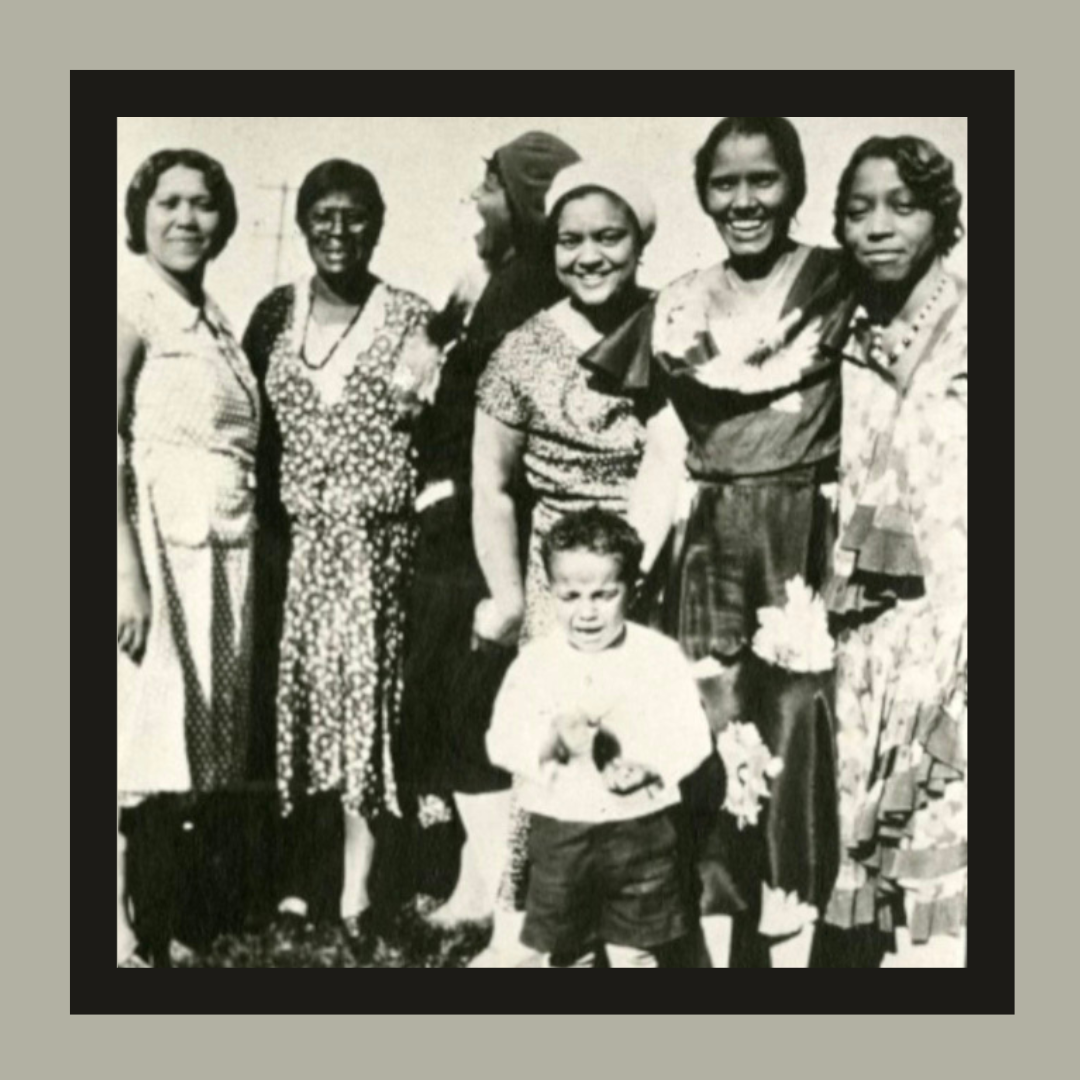Written by: Whitney Mosley,
Education Manager, History Museum On The Square
In 1928, a group of women, many of whom were current or former educators at Springfield’s Lincoln School, formed the Literary Calm Chat Club to support education, literacy, and the arts in the Black community. The educators at Lincoln School were known for their deep commitment to their students. They enriched education for their community in many ways during segregation. One of these was ensuring access to literature. There was limited access to the public library for Black Springfieldians during segregation. Starting from when it opened in 1905, Carnegie Library allowed Black patrons to request circulating books at the desk and check them out but they were not allowed to go into the stacks to see what was available or use the reading rooms. In 1917, a small public library branch opened at Old Lincoln which was the school for Black students. New Lincoln School opened in 1931 with funding from the Rosenwald Foundation. It had a larger community library that was available to all Black Springfieldians with expanded hours for public use. The purpose of the Literary Calm Chat Club was to support the study of art, culture, and literature. The club donated books to the Lincoln Library. They met once a month to share their studies, with special emphasis given to plays, and invited guest lecturers. Members also supported the education and achievements of Black students through scholarships and awards, as well as ensuring they had access to books that would enhance their education and lives.
About the Timeline of Black Education Display
The Timeline of Black Education: School Segregation in the U.S., Missouri, and Springfield showcases national, state, and local Black educational history through 4 pop-up panels. The timeline was originally part of the exhibit Community Cornerstones: Springfield’s Black Educators at the History Museum on the Square. This education display is now available for rent for use in schools, libraries, businesses, and other community organizations to share the history of school segregation and the impact of Black educators on a national and local level.
Resources provided with the display rental include: The video Sharing Memories of Community
Cornerstones featuring interviews with former Lincoln Students (M&G History Keepers), biographies of Springfield’s Black Educators, and a detailed timeline of Black educational history. This timeline display was made possible by the Community Foundation of the Ozarks and contributions from the M&G History Keepers.
Photo Caption
Members of the Literary Calm Chat Club: Roberta Thomas Bartley, Adah Fulbright, Billy Decatur (little boy), Olive Decatur & other members.






